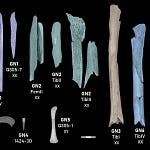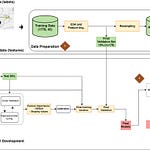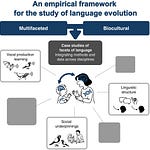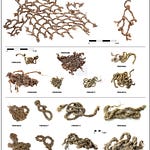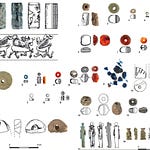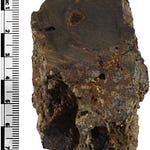The bones that tell of compassion
At the southernmost reaches of the Americas, where relentless winds sweep across steppe and glacier, a small band of hunter-gatherers once carried an injured man across the land. His hip was shattered—its socket collapsed, the joint deformed beyond function. Yet he lived on, long enough for the bone to heal.
That survival, new research suggests, was not an accident of luck. It was an act of care.

In a sweeping study published in the International Journal of Paleopathology1, a team led by Dr. Victoria Romano of the Universidad Nacional del Centro de la Provincia de Buenos Aires examined 3,179 skeletal elements from 189 individuals spanning the last 4,000 years of Patagonian prehistory. Their goal was deceptively simple: to understand how nomadic foragers responded to injury in a landscape where survival depended on mobility.
What they found reframes a familiar narrative about early human life—that nomadic hunter-gatherers were bound by pragmatism and that the injured were left behind. Instead, the bones tell a story of endurance, cooperation, and empathy.
“Even in societies defined by movement, care persisted as a social obligation,” says Dr. Lara Stephens, a biological anthropologist at the University of Toronto. “These people did not survive despite their injuries; they survived because others helped them.”
Listen to this episode with a 7-day free trial
Subscribe to Anthropology.net to listen to this post and get 7 days of free access to the full post archives.


